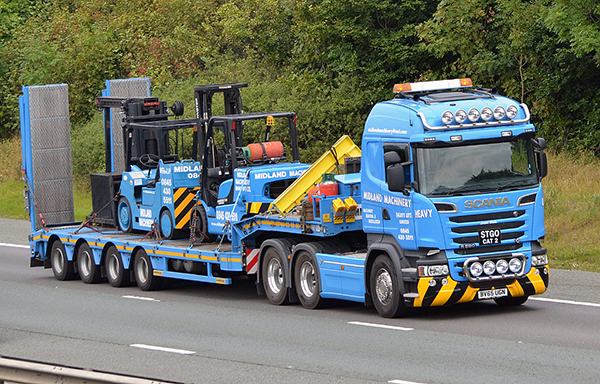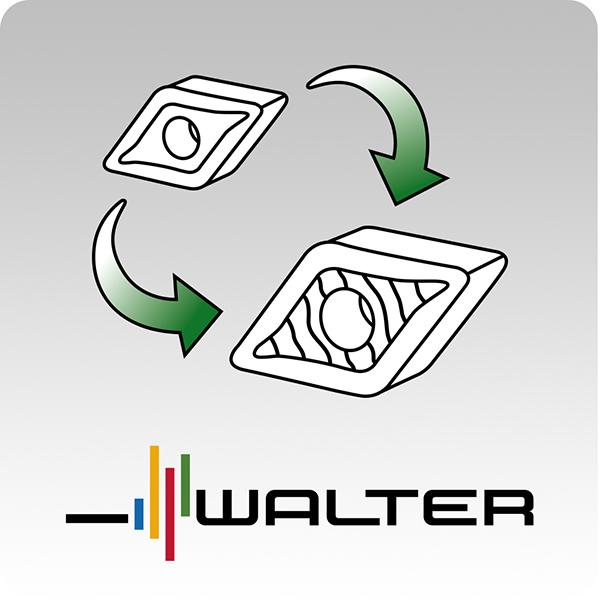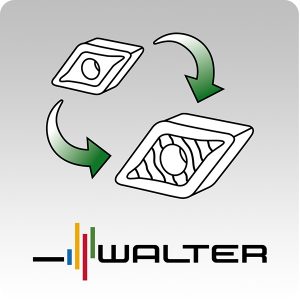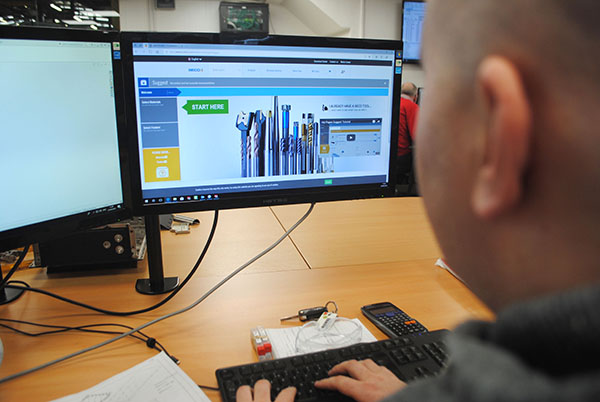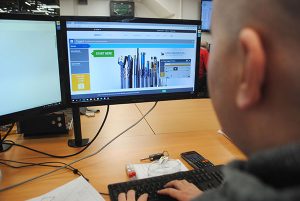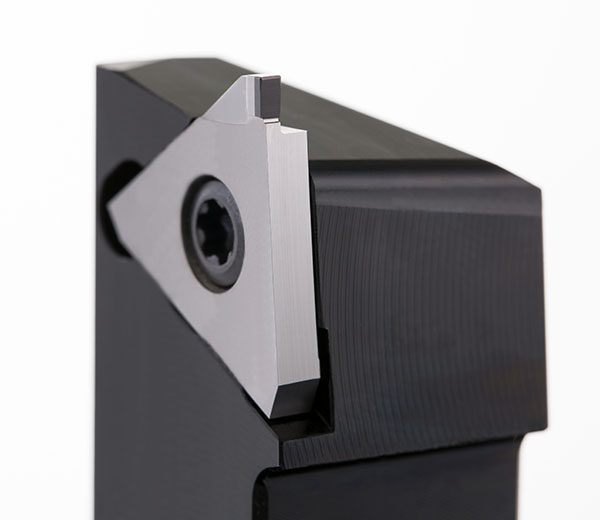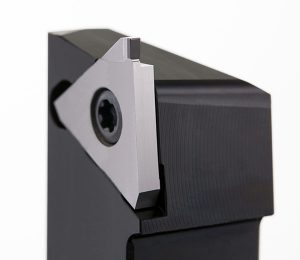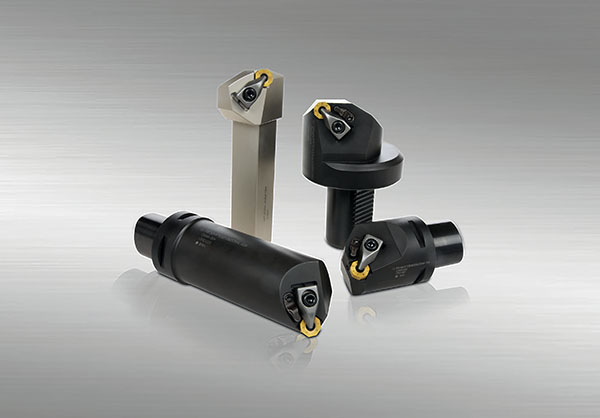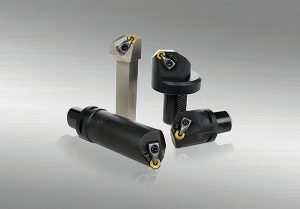Midland Machinery (Heavy Lift) Ltd will soon be celebrating its 20th anniversary.
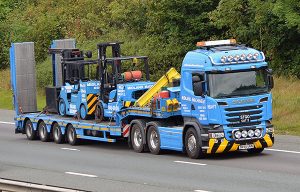
The family-run company, which is based in Wednesbury, West Midlands has contracts throughout the UK and Ireland, and has become one of the UK’s leading providers of heavy-lift transportation. The company’s fleet consists of specialised heavy-goods vehicles with low loaders, semi-low loaders, trailers with loading ramps, lorry-mounted crane vehicles, Versa-Lifts and fork trucks, and fully-equipped site vehicles. Midland Machinery has its own escort vehicles for abnormal loads.
Recent investments include a Scania tractor unit in 2017 (pictured), which offers up to 78 tonne capacity. New to the fleet in 2018 is a 25/35 Versa-Lift, which provides lifting capabilities of around 16 tonne, while up and coming for 2019 is a new Faymonville four-axle, low-loader curtainsider, which is currently being manufactured. Additional services available from Midland Machinery include internal machinery relocations and storage for abnormal large equipment, if required. All health and safety regulations are handled comprehensively with the provision of method statements, risk assessments and bespoke lifting plans.
For further information www.midlandmachinery.co.uk






